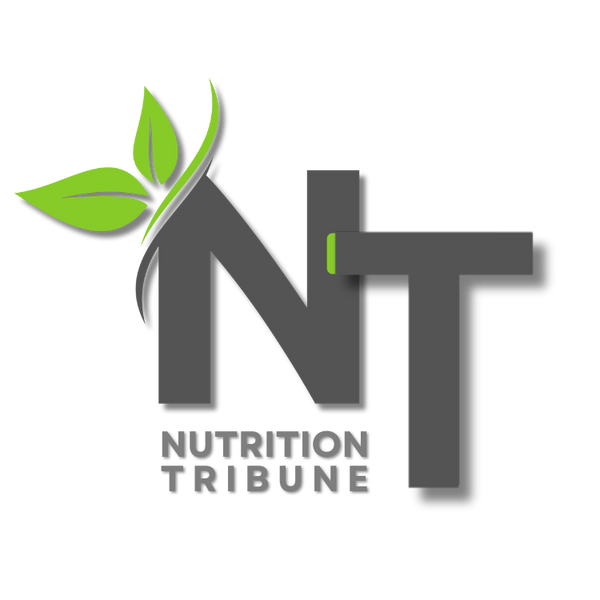
Healthy Fats, Unhealthy Fats, and the Power of Omega-3
Share
If you ask folks what type of food one should avoid, most will answer fats. This is true because when taken in large quantities, some fats are bad for your waistline and they increase the risk of developing heart diseases. However, not all types of fat are bad. In fact, there are several healthy fats that we cannot live without because they are needed for proper brain and heart functioning. Among these is Omega-3 fatty acids, found in foods such as cold-water fish, walnuts, sturgeon, mackerel, herrings, and anchovies.
But Why Are People Afraid of Fatty Foods?
A visit to any grocery confirms how bad people are obsessed with no and low-fat diet. You will be bombarded by the labeled ‘guilt-free or fat-free’ options ranging from low-fat cakes, frozen meals, cookies, fat-free cheese, yogurt, milk, and more. But just as the number of low-fat foods has exploded, so has obesity rates. Clearly, the low-fat diets have not delivered on their healthy or slender waistline promise. The reason behind the failure of ‘guilt-free’ diet is simple; not all fatty foods are bad. Good or healthy fats are needed for proper brain functioning, to boost mood, to control weight, and to fight fatigue. In addition, healthy fats are essential during infancy where they play a vital role in brain function and neurological development (1). The solution is not avoiding fat in entirety, it is mastering how to make healthy fatty food choices and substituting bad fats with healthy fats.Facts and Myths about Fat-Free Diets
Myth #1: All fats are the same and equally bad for your waistline and health.- Fact: Some fats, termed good fats or healthy fats, reduce the risk of getting heart diseases, and lower your blood cholesterol level. Another category, dubbed bad or unhealthy fats, raise your cholesterol level and increase the risk of getting heart diseases and developing obesity.
- Fact: “Fat-free” labels on packed foods do not mean you can don on them as much as you want without adverse consequences. Most fat-free diets are high in refined carbohydrates, calories, and refined sugars.
- Fact: The only solid weight loss strategy is to cut calories and avoiding overeating. As a matter of fact, since 1980, the obesity rate for children (2-19 years) has increased by 300% (2) and this corresponds to the emergence of the low-fat diets.
- Bad fats: trans fats.
- Healthy fats: Polyunsaturated fats and monounsaturated fats (includes omega-3s).
- Currently under debate: Saturated fats.
- Olives
- Avocados
- Nuts (Peanuts, almonds, macadamia nuts, pecans, hazelnuts, cashews).
- Natural peanut butter with salt and peanuts only.
- Tofu and Soymilk
- Walnuts
- Pumpkin seeds, flax, sesame, and sunflower.
- Fatty fish (herrings, trout, mackerel, salmon, sardines, tuna)
- Cold-pressed/traditional oils such as peanut oil, sesame oil, and extra virgin olive are rich in monounsaturated fats and are made without heat or chemicals.
- Modern oils such as soybean oil, corn oil, sunflower oil, canola oil, cottonseed oil, safflower oil and soybean oil which are commercial produced – mainly from genetically raised crops using heat and chemicals.
- Polyunsaturated oils should be refrigerated
- Discard nuts, oils, or seeds if they taste bitter or smell bad.
- Cooking foods with unsaturated fat at high temperatures can deform the fat.
- Settle for Olive oil brands with California Olive Oil Council Logo on the bottle.
- For brands from France: check for AOC logo, from Spain: check for a DO seal, from Italy: check for DOP logo.
- Reduce or prevent symptoms of ADHD, depression, and bipolar disorder.
- Lower the risk of developing cancer, stroke, and heart diseases.
- Lower the risk of developing dementia and memory loss.
- Ease joint pain, arthritis, and inflammatory skin disorders.
- Support healthy pregnancy.
- Sharpen your memory, balance your mood, and help you fight fatigue.
Good Sources of Omega-3 fatty acid
Although the body can obtain enough omega-6 fatty acids from the diet, you should supplement your consumption of Omega-3 fatty acids to boost your overall health.- Fish is the Best Sources of Omega-3:
- Herring
- Salmon particularly sockeye and wild-caught king
- Anchovies
- Mackerel
- Oysters
- Line-caught tuna and pole
- Sardines
- Lake trout
- Plant sources of Omega-3 fatty acids:
- Algae, for example, seaweed are high in DHA and EPA.
- Algae and fish oil supplements
- Flaxseed
- Walnuts
- Kale
- Brussels sprouts
- Spinach
- Parsley
- Kale
- Purchasing whole fish whenever possible.
- Buy from a reputable fishmonger.
- Avoid supplements that don’t disclose the sources of the Omega-3s: The best sources are algae, krill oil, or fish oil.
- Settle for Mercury Free Supplements, molecularly distilled and pharmaceutical grade omega-3s: Supplements obtained through molecularly distillation of fish oil are naturally the richest in DHA and EPA and have the lowest levels of contaminants. Settle for supplements that have been independently tested and declared toxin free.
- Consider the quantity of DHA and EPA listed on the label: Although the bottle may read 1,000 mg of fish oil, it’s the amount of omega-3s that matters.
- For an average adult, two 6 ounce servings of fatty fish combined with occasional servings of ALA-rich plant sources offers a healthy amount.
- If you opt for fish oil supplements, go for 200 to 500 milligrams of DHA and 700-1,000 milligrams of EPA daily. Most algae have lower daily intake dosage due to their high concentration of mercury.
- Packaged snacks: microwave popcorn, crackers, candy, and chips.
- Commercially baked foods: crackers, muffins, cookies, pizza dough, pie crusts, hamburger buns, and cookies.
- Solid fats: vegetable shortening, stick margarine
- Fried foods: fried chicken, French fries, breaded fish, chicken nuggets, hard taco shells.
- All foods with partially hydrogenated oils as one of the ingredients.
- Pre-mixed products: chocolate milk, cake mix, pancakes and more.
